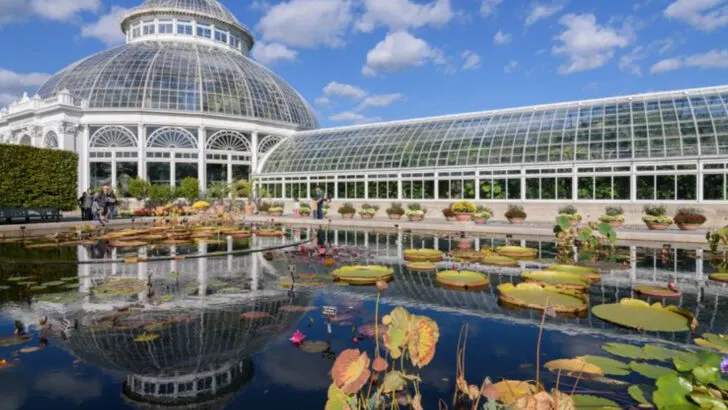Across the United States, historic botanical gardens offer more than lush landscapes — they are living testaments to a century or more of horticultural artistry and conservation. These gardens have endured through generations, showcasing rare plants, intricate design, and seasonal beauty while remaining vibrant centers for education and enjoyment.
Visiting these gardens is like stepping into a living museum, where each bloom, tree, and pathway tells a story of dedication, history, and the enduring power of nature. They provide a serene escape while connecting visitors to the botanical heritage of America.
United States Botanic Garden, Washington, D.C.
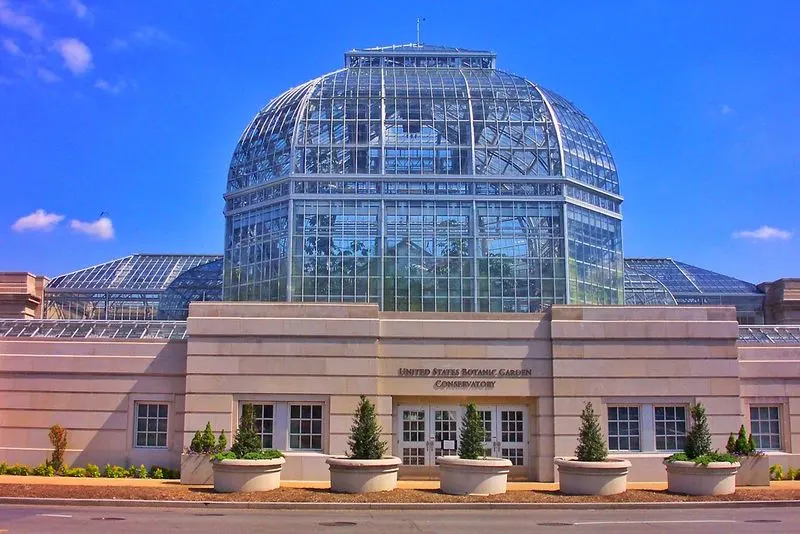
In the heart of the nation’s capital lies a garden that tells the tale of American horticultural ambition. Established in 1820, the United States Botanic Garden is a testament to the country’s dedication to botanical education and conservation. Its Conservatory houses a vast collection of plants, offering visitors a green sanctuary amidst Washington D.C.’s urban buzz.
From fragrant orchids to resilient cacti, the diversity of flora is mesmerizing. The garden’s prime location makes it a must-visit, blending history with horticultural art. A stroll here is nothing short of a peaceful retreat.
Did you know? It’s one of the oldest botanic gardens in North America.
Missouri Botanical Garden, St. Louis, Missouri
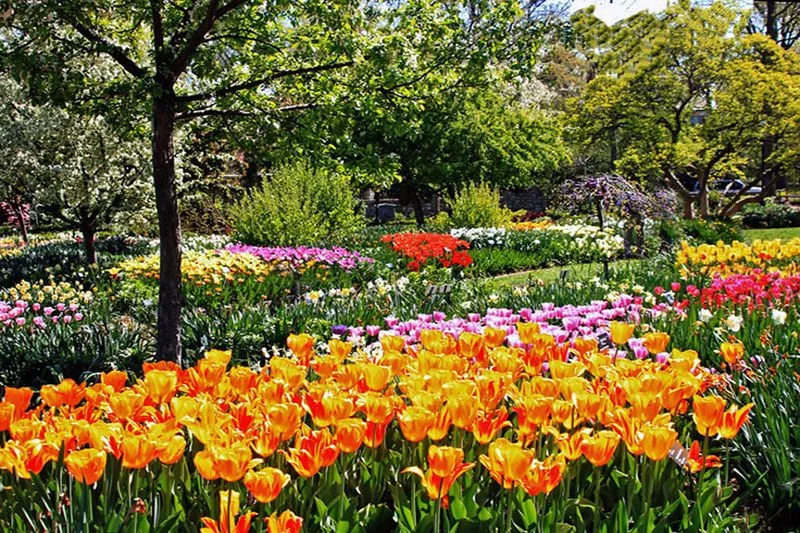
Founded in 1859 by botanist Henry Shaw, the Missouri Botanical Garden is a lush haven for plant lovers. Its Victorian greenhouse, the Climatron, is a marvel, showcasing tropical flora in a controlled climate.
The Japanese Garden, Seiwa-en, offers tranquility with its meticulously designed landscape, a favorite for contemplative walks. Seasonal festivals add vibrant colors and cultural experiences, drawing visitors year-round.
Beyond beauty, the garden is an active center for research and conservation, making it a botanical powerhouse with a global impact. A fun fact: it boasts one of the largest herbariums in the world.
New York Botanical Garden, Bronx, New York
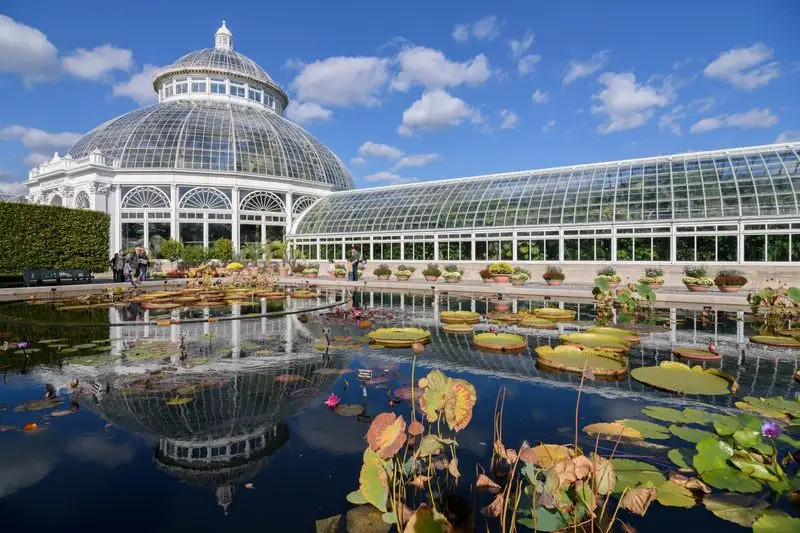
Amidst the urban sprawl of the Bronx stands an oasis of calm and color. Since 1891, the New York Botanical Garden has enchanted visitors with its extensive plant collections and breathtaking landscapes.
The centerpiece, the Enid A. Haupt Conservatory, is a Victorian-style wonder housing global flora. Seasonal exhibitions, like the Orchid Show, captivate with their vibrant displays.
Engaging educational programs and innovative research make the garden a leader in plant science. As the seasons change, so does the garden’s palette, offering something new to explore each visit. Fun fact: it’s home to over one million plants.
Brooklyn Botanic Garden, New York
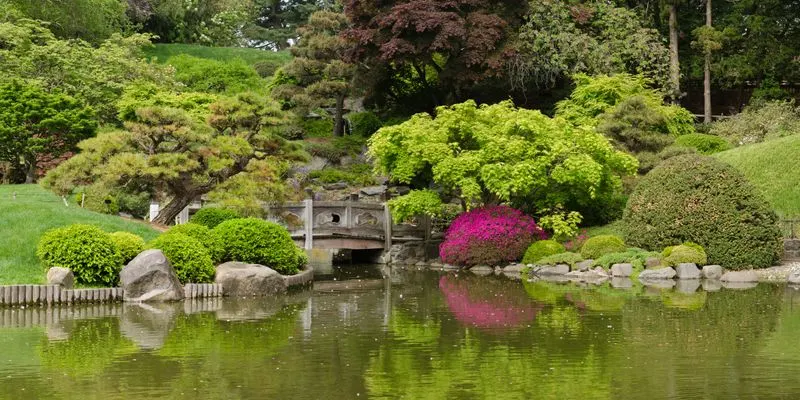
Nestled in the heart of Brooklyn, this garden is a blend of horticultural expertise and urban charm. Established in 1910, the Brooklyn Botanic Garden boasts a diverse array of themed gardens, each with its own unique allure.
The Cherry Esplanade is a springtime highlight, drawing crowds with its stunning cherry blossoms. The Japanese Hill-and-Pond Garden adds an element of tranquility, offering a picturesque setting for reflection.
Community engagement is at the garden’s core, with programs that connect nature with New York’s vibrant culture. Quirky fact: it has a garden dedicated solely to native plants of New York.
Chicago Botanic Garden, Illinois
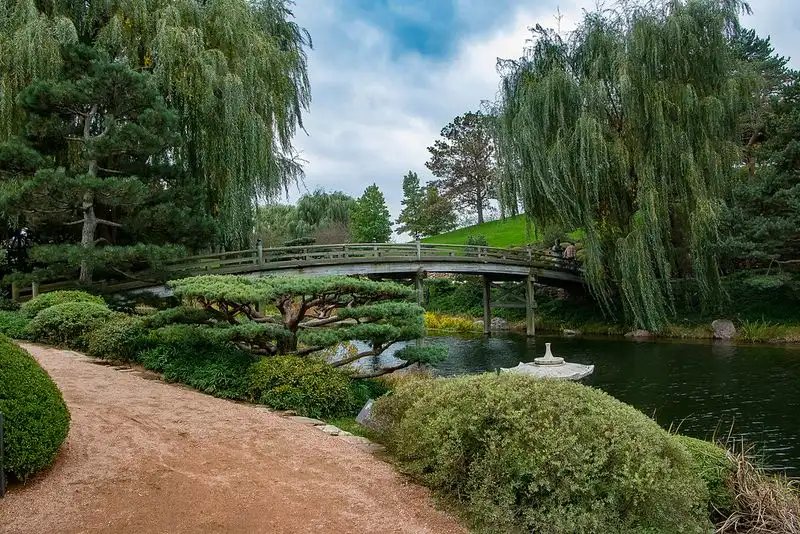
Just a stone’s throw from the bustling city lies a garden of serenity and science. The Chicago Botanic Garden, open since 1972, may be younger than others but carries a legacy of excellence.
Spanning 385 acres, it features 27 gardens and four natural areas. Its Waterfall Garden and English Walled Garden are visitor favorites, offering diverse experiences. The Plant Conservation Science Center positions it as a leader in environmental sustainability.
Educational programs engage all ages, fostering a love for nature. Intriguingly, the garden is designed to be accessible by foot, bike, or car, promoting eco-friendly visits.
Fairchild Tropical Botanic Garden, Florida
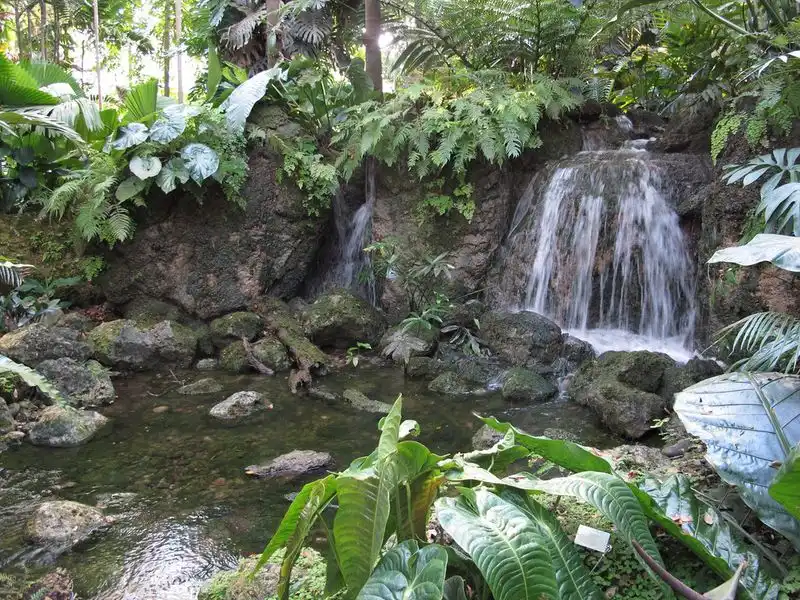
In the tropical paradise of Florida, this garden stands as a tribute to plant exploration. Founded in 1938, Fairchild Tropical Botanic Garden is a living museum dedicated to the world’s tropical plants.
Visitors are greeted by a stunning array of rare palms and cycads, many of which are endangered. The Wings of the Tropics exhibit enchants with colorful butterflies fluttering amidst exotic blooms.
With a mission rooted in education and conservation, the garden plays a crucial role in protecting tropical biodiversity. It’s intriguing to note that Fairchild also offers an array of art installations amid its verdant landscape.
San Francisco Botanical Garden, California

Amid San Francisco’s iconic fog, this botanical garden thrives as a testament to the diverse flora of the world. Established in 1940, the San Francisco Botanical Garden spans 55 acres with over 8,000 different plants.
Its cloud forest collection is particularly noteworthy, showcasing plants from high-elevation tropical regions. Visitors often marvel at the unique microclimates that allow such diversity.
Educational programs and guided tours enhance the visitor experience, connecting people with plants in meaningful ways. Interestingly, the garden’s unique location allows it to grow species rarely seen in other parts of the country.
Huntington Botanical Gardens, California
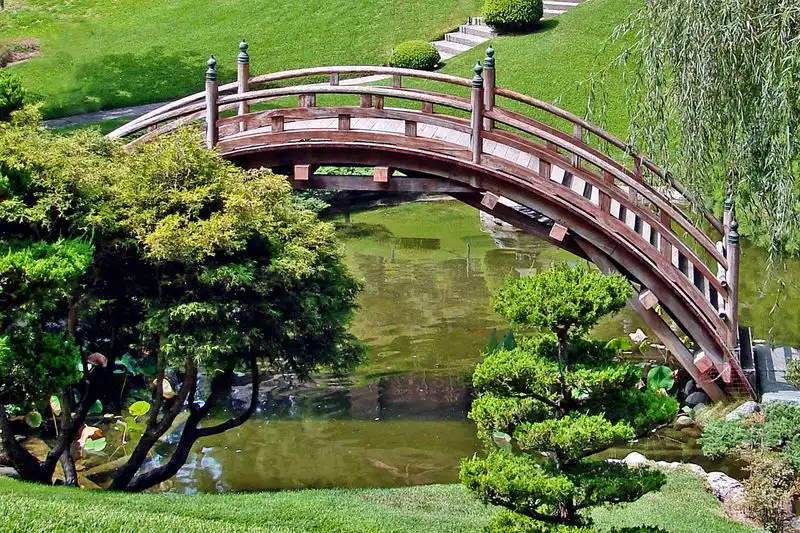
The Huntington Botanical Gardens in California is a place where history and nature intertwine beautifully. Founded over a century ago, the gardens boast an impressive collection of rare and exotic plants. Wander through the Desert Garden, one of the world’s largest outdoor collections of mature cacti and succulents.
The Japanese Garden, with its traditional moon bridge and koi pond, offers a tranquil escape. The Rose Garden, radiating with color, showcases over 1,200 cultivars. With its rich variety, the Huntington remains a botanical treasure, delighting visitors with both its beauty and its history.
Belle Isle Conservatory, Detroit, Michigan
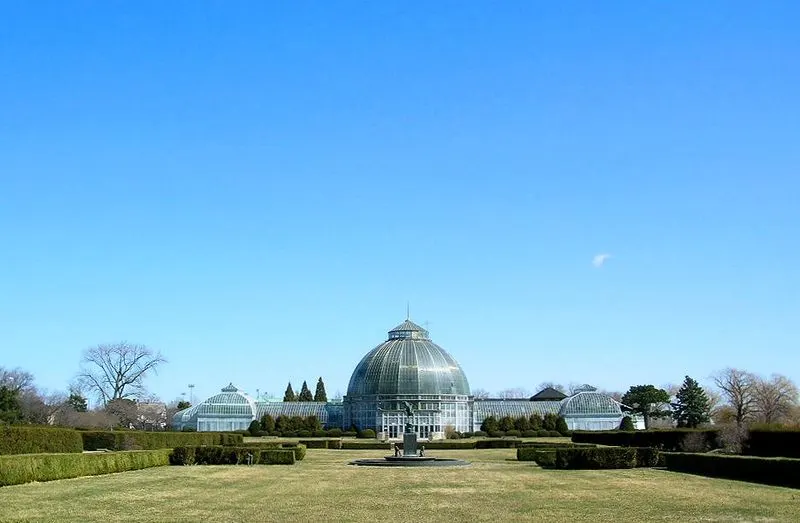
Nestled on an island in the Detroit River, the Belle Isle Conservatory has been a beacon of botanical beauty since 1904. The elegant glass dome, designed by Albert Kahn, houses a diverse collection of tropical plants and vibrant seasonal flowers.
Visitors can explore the Palm House, where towering palms create a lush canopy. The Fernery, with its cool, shaded environment, is a favorite spot for those seeking tranquility.
This historic conservatory not only offers a sanctuary of greenery but also stands as a testament to Detroit’s commitment to preserving natural spaces.
Arnold Arboretum of Harvard University, Massachusetts
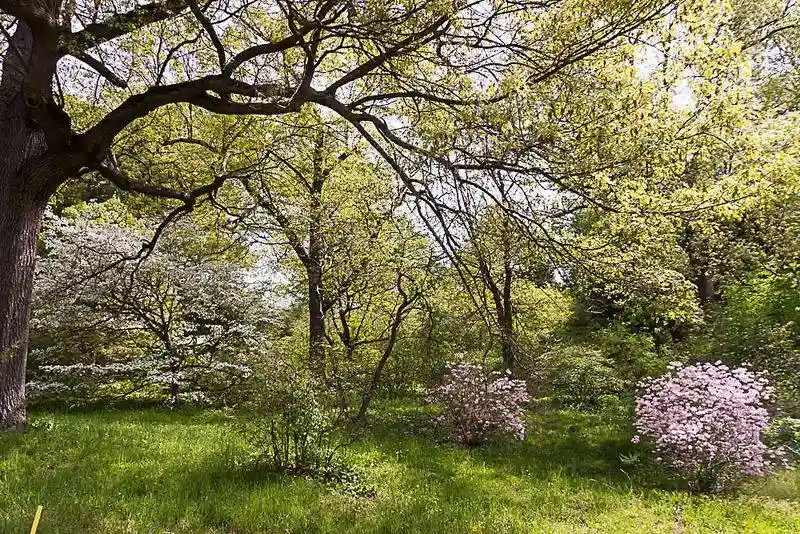
Located in the heart of Boston, the Arnold Arboretum spans over 280 acres. Established in 1872, it is the oldest public arboretum in North America. A rich tapestry of trees and shrubs offers visitors a tranquil escape from city life.
The arboretum houses an impressive collection of over 15,000 living plants. Each season paints a new picture, from vibrant spring blooms to the fiery hues of autumn. Visitors can wander through its expansive landscapes, enjoying both the beauty and the educational opportunities.
Did you know? The arboretum is part of the Emerald Necklace, a chain of parks linked by parkways in Boston.
Descanso Gardens, California
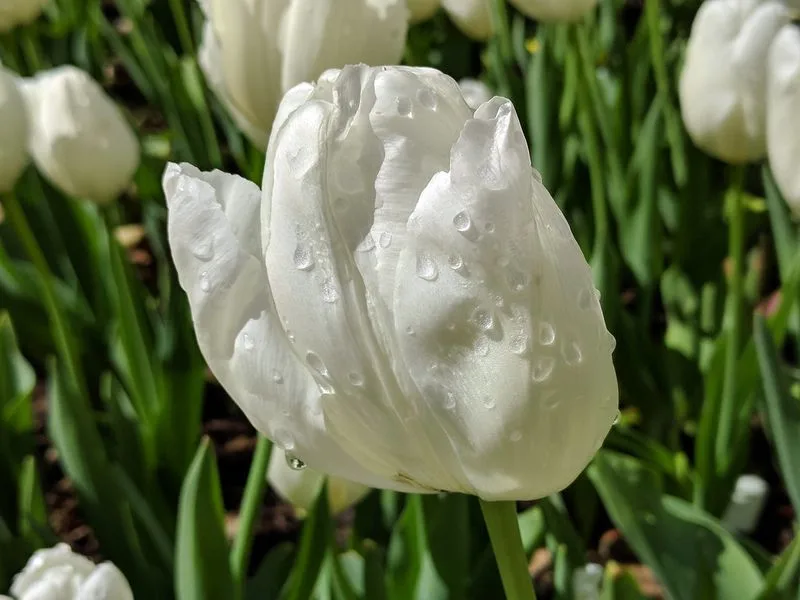
Nestled in the scenic hills of La Cañada Flintridge, Descanso Gardens offers a floral paradise. Since 1954, its 150 acres have showcased a stunning array of native and exotic plants. As the seasons shift, so does its vibrant palette.
The gardens are famed for their ancient oak forest and the serene Japanese Garden. Visitors can stroll through rose gardens and camellia collections, each offering a unique sensory experience.
Fun fact: Descanso Gardens was once a private estate before becoming the public treasure it is today, welcoming nature lovers and horticultural enthusiasts alike.

